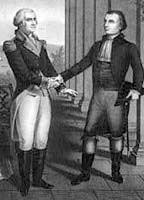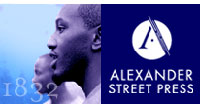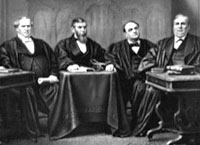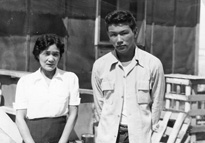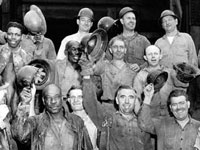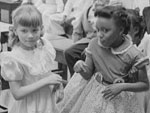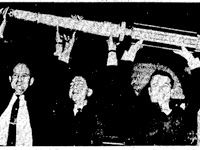Lost Museum
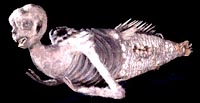
P. T. Barnum's American Museum burned down under mysterious circumstances in 1865 after nearly a quarter century of patronage. The original museum tried both to entertain and educate with exhibits on natural history, American history, and reform efforts along with attractions of a sensational nature. With the exception of African Americans, who were barred from entry until the Civil War, New Yorkers of diverse ethnic, gender, and class identities mingled in the museum's shared cultural space.
Visitors to this website can explore an interactive 3D recreation of the museum or an archive of images, documents, accounts, and essays on 16 original Barnum exhibits, including the Fejee mermaid; Joice Heth, a former slave advertised as George Washington's nursemaid; "Swedish Nightingale" Jenny Lind; John Brown; Jefferson Davis; the Lincoln assassination; the Civil War in New York; and phrenology. The website allows visitors to immerse themselves in the popular culture of Barnum's era.

